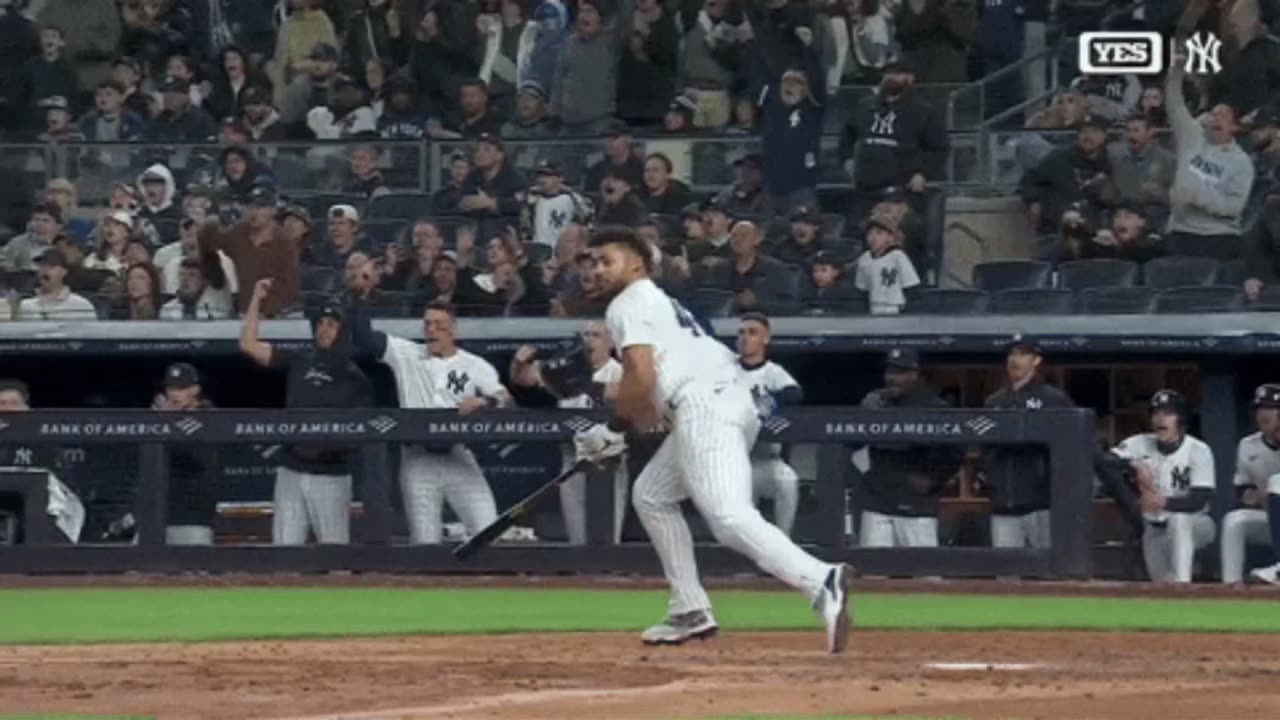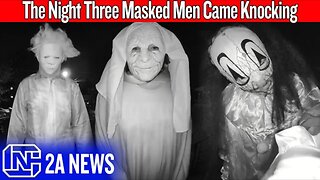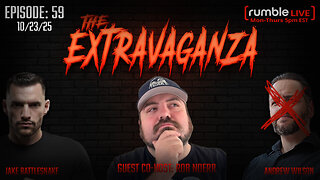Premium Only Content

Pitchers at the Plate: Tradition or Obsolete? #UniversalDH
#UniversalDH #MLBdebate #BaseballStrategy #PitchersBatting #DHvsTradition #MLB2025 #BaseballTalk #SportsAnalysis #NLvsAL #DesignatedHitter
Since the American League adopted the designated hitter in 1973, baseball’s two major leagues have lived under different hitting rules. The National League held onto the tradition of having pitchers bat, valuing strategy and managerial nuance. Yet in 2020, the NL used the DH during a shortened season, reigniting debate: should NL pitchers return to the batter’s box, or is it time for a permanent, league-wide DH to boost offense and parity?
Advocates for reinstating pitchers at the plate point to baseball’s strategic roots. National League managers relish choosing when to pinch-hit, executing double switches, and deploying sacrifice bunts, all decisions driven by the pitcher’s spot in the lineup. These small-ball tactics create tense, calculative moments that many fans and purists feel define the sport’s rich heritage.
Worldwide adoption of the DH promises clear offensive gains. Since pitchers debuted as regular batters, American League teams have consistently outscored their National League counterparts, thanks to nine dedicated hitters versus eight. With a DH, teams can boost run production, deepen their lineup, and even give emerging talents a shot at playing time. Extending the careers of veteran sluggers who can still hit but no longer field also enriches the fan experience, while leveling the playing field across both leagues in interleague matchups and the World Series.
Yet a universal DH isn’t without drawbacks. Removing pitchers from the lineup strips away classic NL strategy, when to send out the coach’s signs for a squeeze bunt or deploy a crafty double-switch to reshape your defense, elements lost under a DH regime. Moreover, the quality of DH performance has dipped: recent data show that the five-year rolling average of MLB-wide OPS+ for designated hitters is at its lowest since the position’s inception. Critics argue this points to a scarcity of truly impactful DHs, calling into question whether the rule change consistently enhances gameplay.
Balancing tradition against modernization, baseball must decide what defines its identity. While the loss of strategic nuance stings, a league-wide DH delivers measurable offense gains, deeper rosters, and consistent rules across all teams. In an era where fan engagement often hinges on dynamic scoring and star power, the universal DH seems less a radical departure and more an overdue evolution, one that preserves baseball’s essence while adapting to the demands of the modern game.
-
 8:29
8:29
Colion Noir
11 hours agoThree Masked Idiots Show Up at Her Door — Here’s What Happened Next
26.2K14 -
 15:38
15:38
Cash Jordan
6 hours agoPortland Zombies EMPTY 52 Stores… Mayor FREAKS as “Sanctuary” SELF DESTRUCTS
44K50 -
 LIVE
LIVE
Precision Rifle Network
1 day agoS5E4 Guns & Grub - Dustin Coleman of ColeTac
88 watching -
 1:09:25
1:09:25
Donald Trump Jr.
7 hours agoCorrupt UN Carbon Tax Exposed, Interview with John Konrad | TRIGGERED Ep.285
149K72 -
 42:58
42:58
TheCrucible
5 hours agoThe Extravaganza! EP: 59 with Guest Co-Host: Rob Noerr (10/23/25)
79K7 -
 1:40:59
1:40:59
Kim Iversen
6 hours agoTrump Threatens To End ALL Support For Israel
70.1K165 -
 13:09:10
13:09:10
LFA TV
23 hours agoLIVE & BREAKING NEWS! | THURSDAY 10/23/25
168K23 -
 LIVE
LIVE
Side Scrollers Podcast
9 hours ago🔴FIRST EVER RUMBLE SUB-A-THON🔴DAY 4🔴BLABS VS STREET FIGHTER!
905 watching -
 LIVE
LIVE
LIVE WITH CHRIS'WORLD
5 hours agoLIVE WITH CHRIS’WORLS - J6 Pipe Bomber | Candace is NUTS | NBA Gambling Scandal | AND MUCH MORE!
40 watching -
 1:56:46
1:56:46
Redacted News
6 hours agoHIGH ALERT! Trump pushes "land war" in Venezuela, and Russia goes nuclear | Redacted News Live
144K94